Folders like the Kodak 66, which dates from the mid 1950’s, are excellent examples of how compact and useable the 6×6 format can be in spite of the film’s size. I had wanted to try folders for a while and managed to pick up a couple of examples (a model II and a model III) on eBay for around £20-25 each (complete with cases). Both were in great shape for their ages. I was slightly surprised to find, though, that they had foam light seals which had perished, but these were easily and quickly replaced.
At first sight, the plastic top plate suggests a budget product when compared to say the Voigtlander or Franka folders of the same era which are all metal. But when one bears in mind that plastic in the 1950s was quite an exotic material, this is not a fair conclusion to arrive at. At about 13.5 x 9.5 x 4 cm, the whole package is very compact and pocketable.
The lens is a 75mm Kodak Anaston f/4.5 and produces excellent quality at the centre when stopped down to f/8 with some fall off at the edges which is to be expected. Focusing is achieved by scale focusing, though I picked up a Watameter hot shoe rangefinder on eBay for under a tenner which enables more precise focusing. Minimum focus distance is 3.5ft, though I’ve not tried a frame at that short distance.
The shutter is a German made Velio, and offers 1/10th, 1/25th, 1/50th, 1/100th and 1/200th. On my example, all the speeds run smoothly with no hint of stickiness that often afflicts old leaf shutters. The model III also has a mechanism for preventing double exposure (the model II does not have this feature).
In practice, the 66 is very usable, with my main gripe being the small, squinty viewfinder. However, a significant issue with using particularly colour film is that the red window on the camera back, where the frame number on the paper film backing appears, is not sufficient to block out strong daylight. A bit of black electricians tape seems to do the job better.
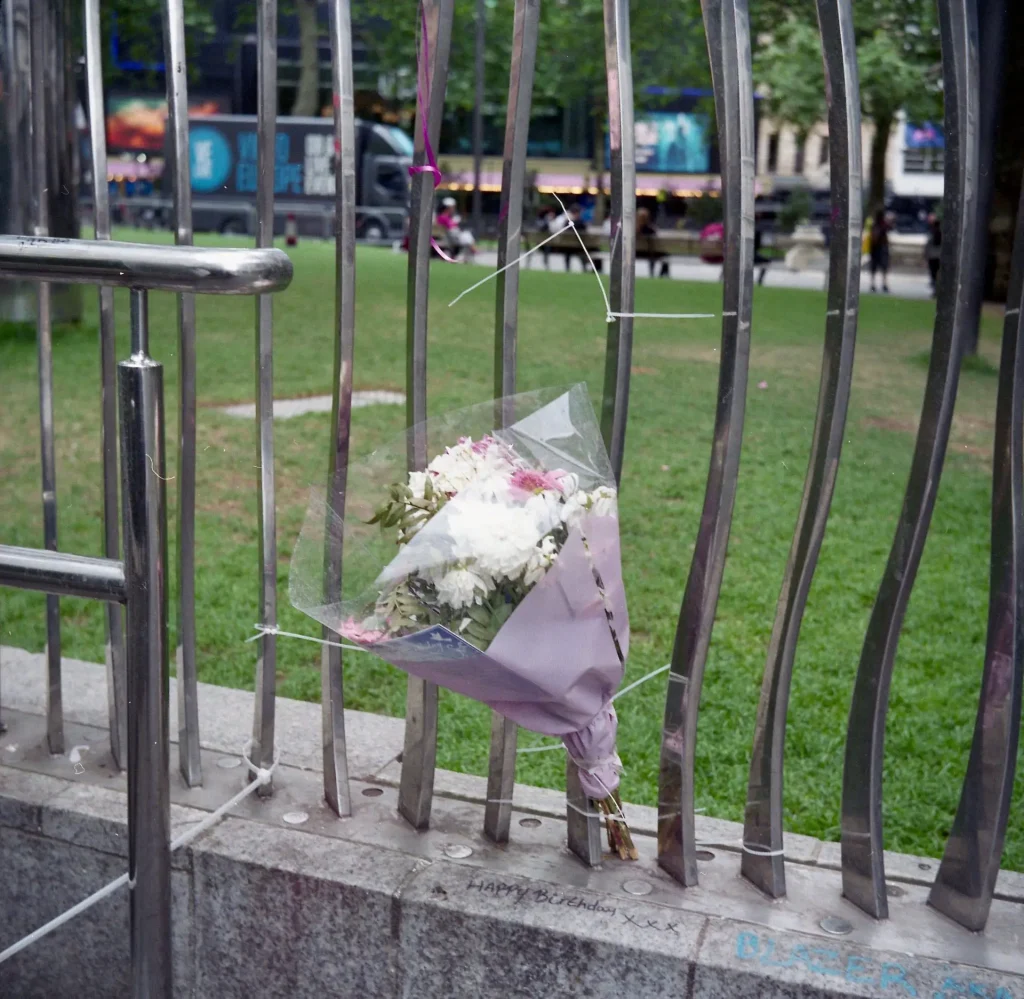
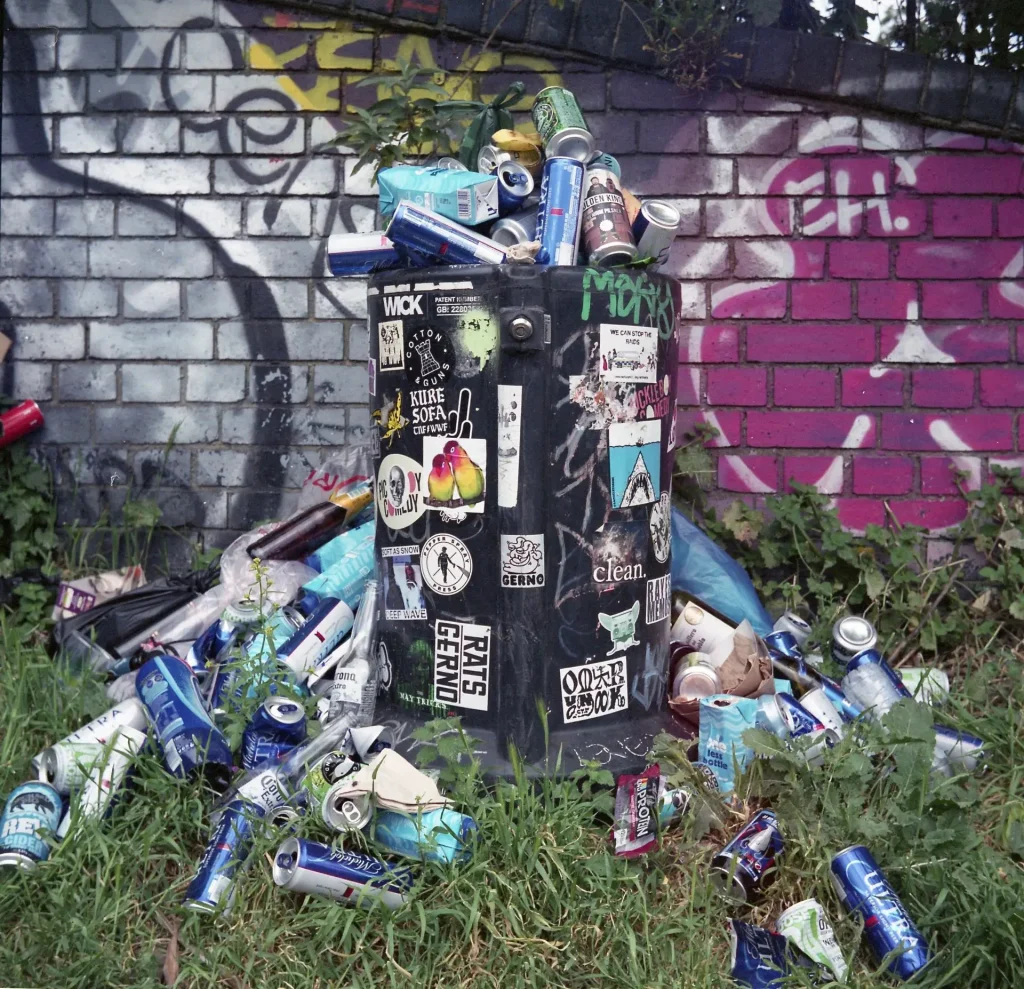
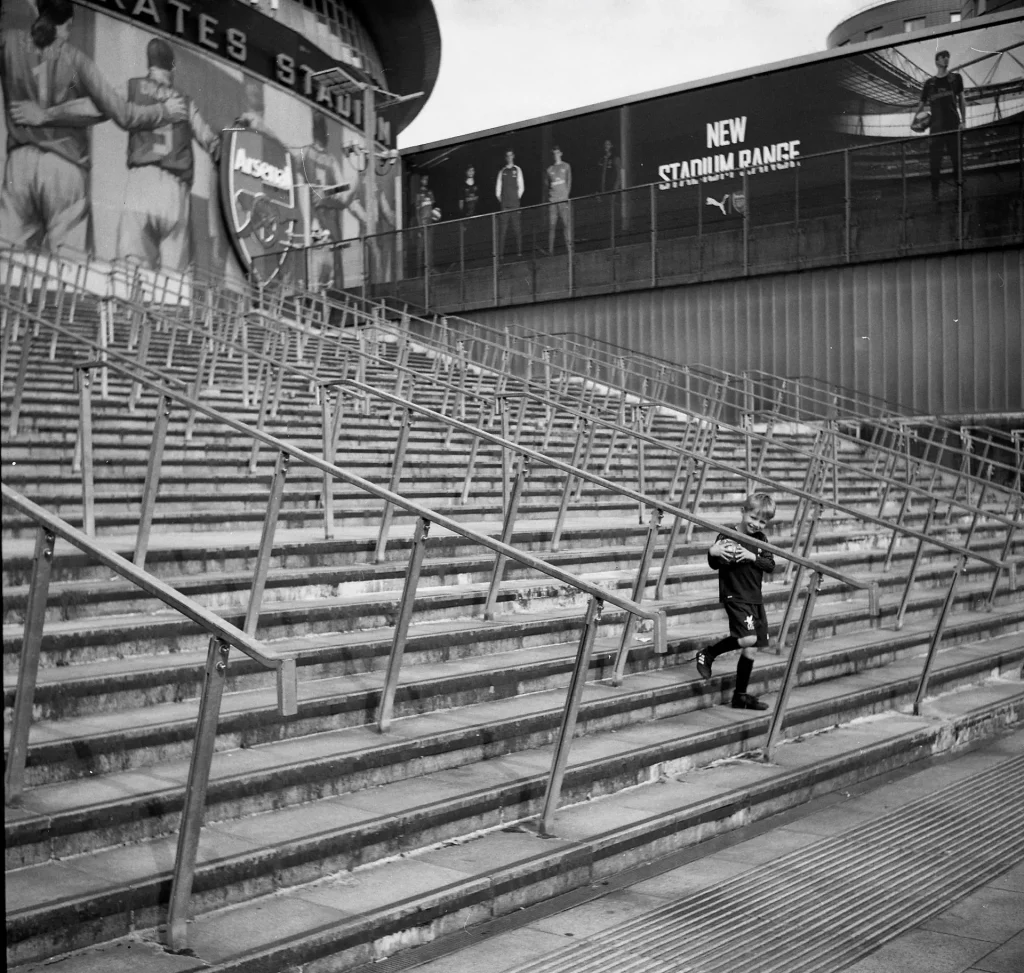
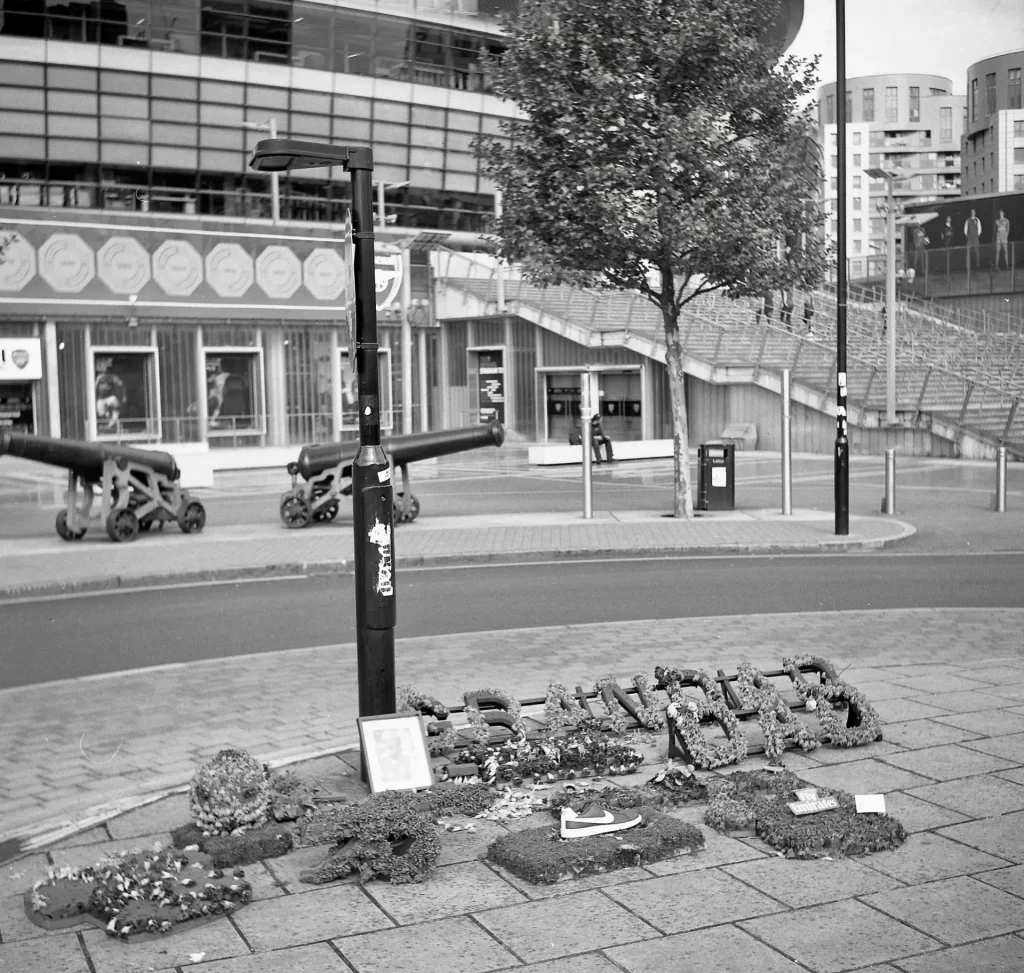
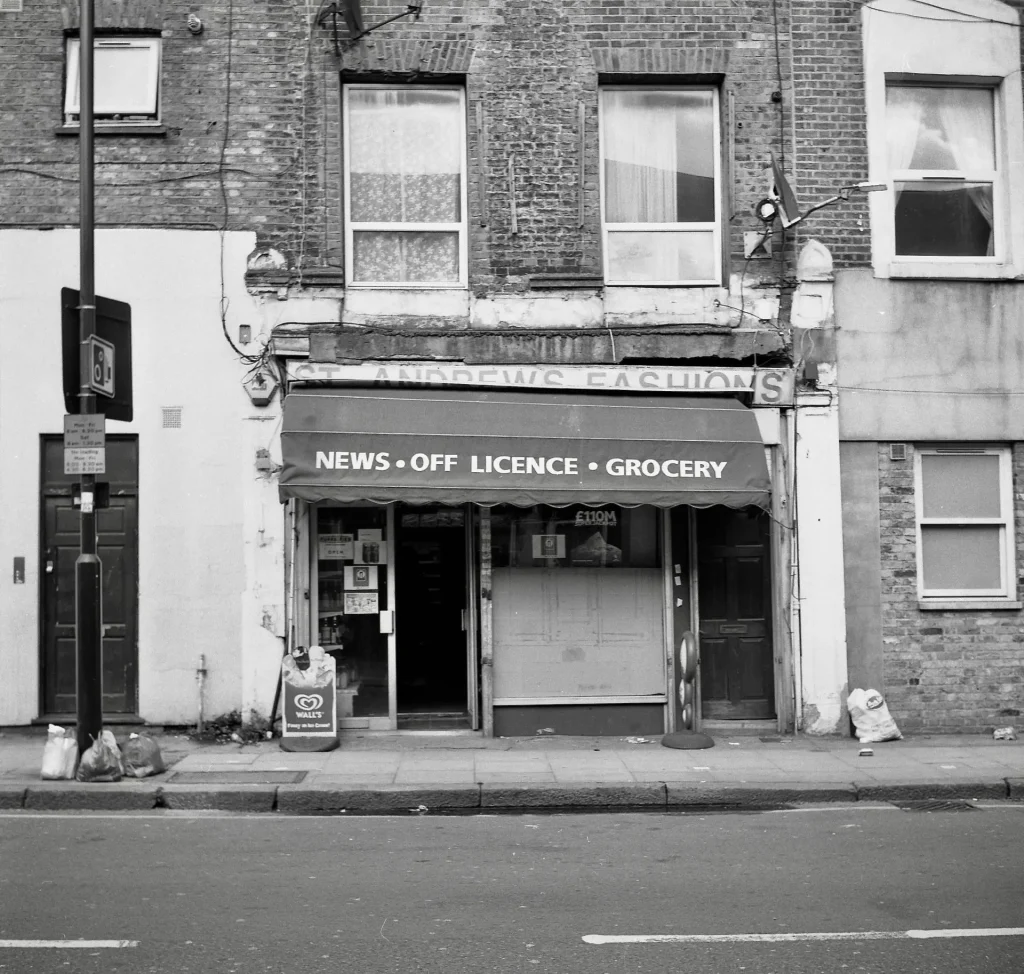
Vintage folders like the Kodak 66 offer a surprisingly decent opportunity to try the medium format experience in a compact package for a very modest outlay. Also, being a fully manual camera, slowing down the picture taking process brings its own artistic disciplines and rewards.
For more of my images please head to my web site www.michaelscottfoto.com
Share this post:


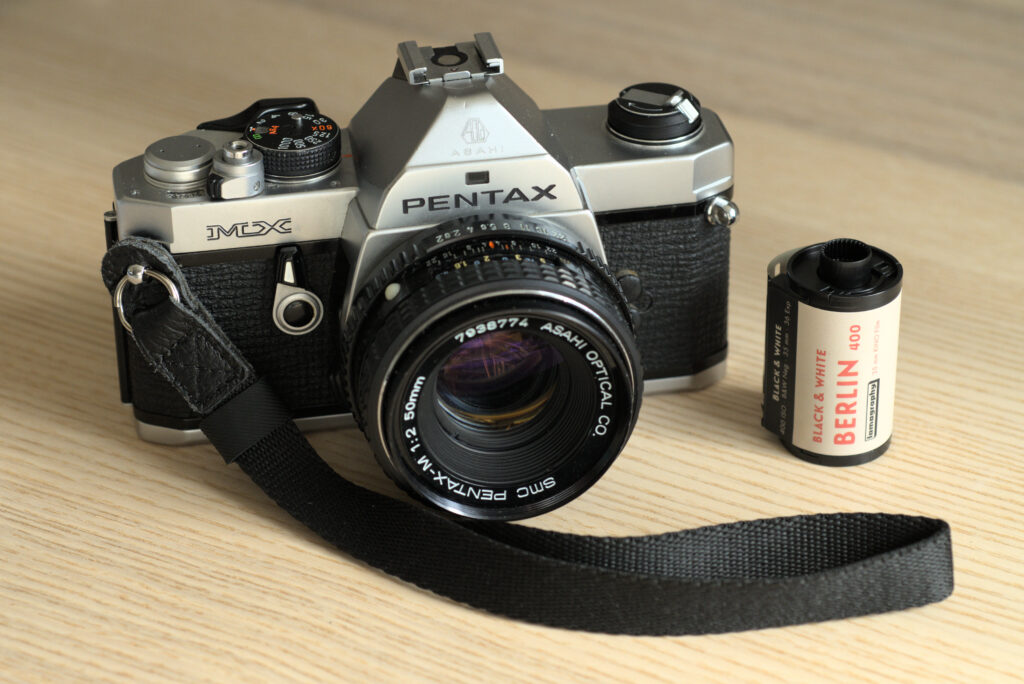
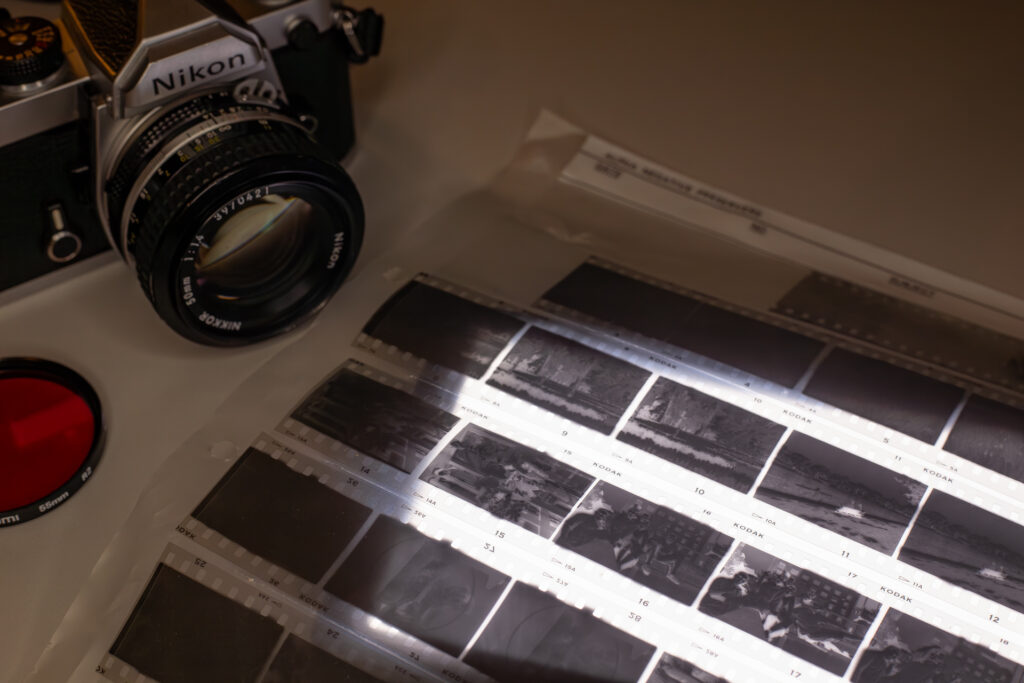
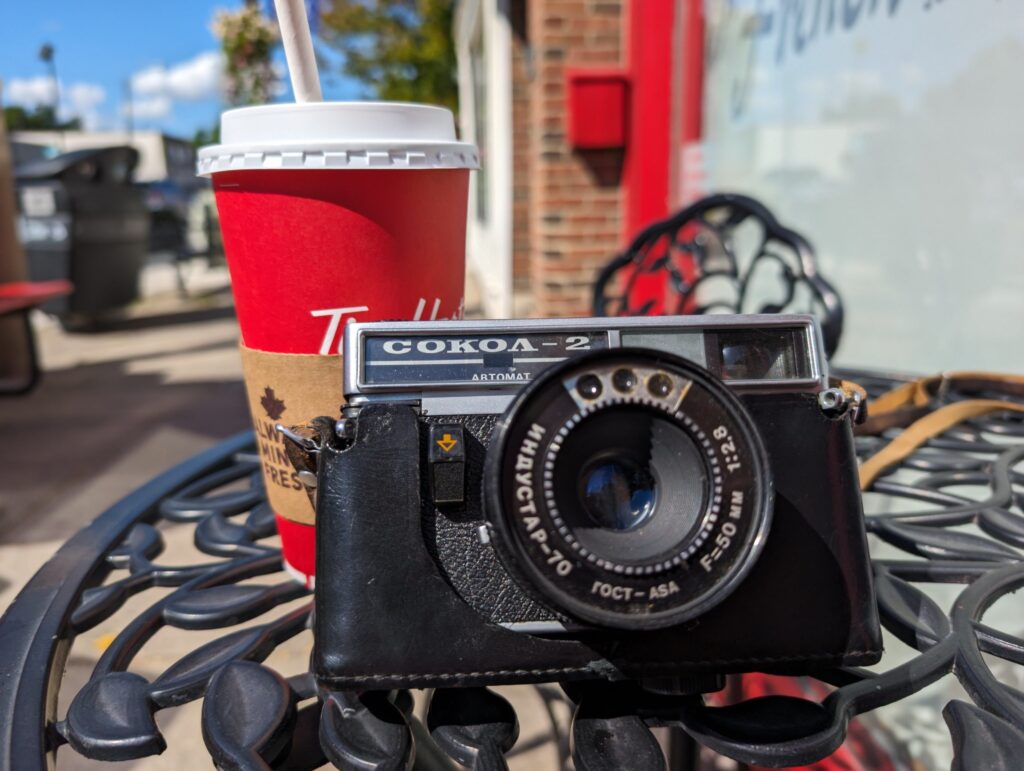




Comments
Eric Norris on 5 frames with the Kodak 66 model III – by Michael Scott
Comment posted: 09/10/2019
Comment posted: 09/10/2019
Rock on 5 frames with the Kodak 66 model III – by Michael Scott
Comment posted: 02/04/2020
Comment posted: 02/04/2020